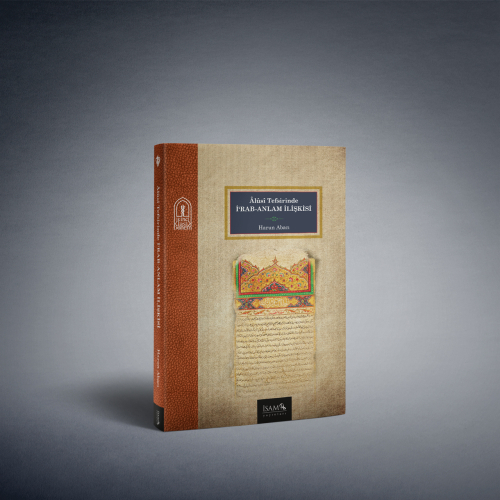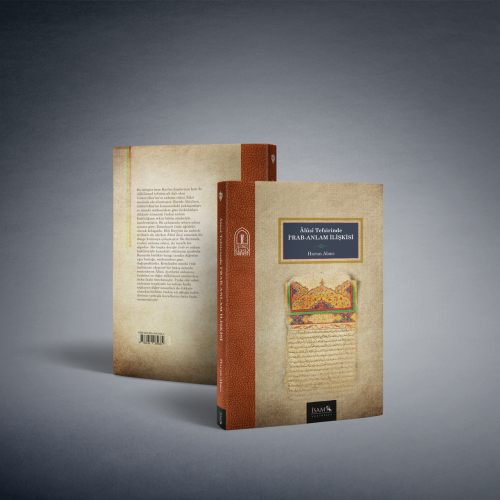Âlûsî Tefsirinde İʻrab – Anlam İlişkisi
This book examines the impact of iʿrāb al-Qurʾān—a subfield of both Qurʾānic sciences and linguistic exegesis—on interpretation, specifically through the lens of Ālūsī. The study analyzes Ālūsī’s approach to iʿrāb al-Qurʾān and explores how it differs from earlier exegetes, focusing in particular on how grammatical analysis affects meaning.
According to the findings presented, while al-Zamakhsharī approaches iʿrāb primarily in connection with rhetoric (balāgha), and Abū Ḥayyān with grammar (naḥw), Ālūsī seeks a balanced methodology between the two. This suggests that the influence of iʿrāb on meaning is bidirectional—iʿrāb and interpretation interact and shape one another. The extent to which one takes precedence over the other varies by exegete.
Critically synthesizing the grammatical explanations of his predecessors, Ālūsī tends to prioritize the intended meaning of the verses over purely linguistic tools such as iʿrāb. However, in determining the meaning that affects iʿrāb, he places greater emphasis on the established rules of naḥw, while also considering other exegetical elements that contribute to interpretation.

